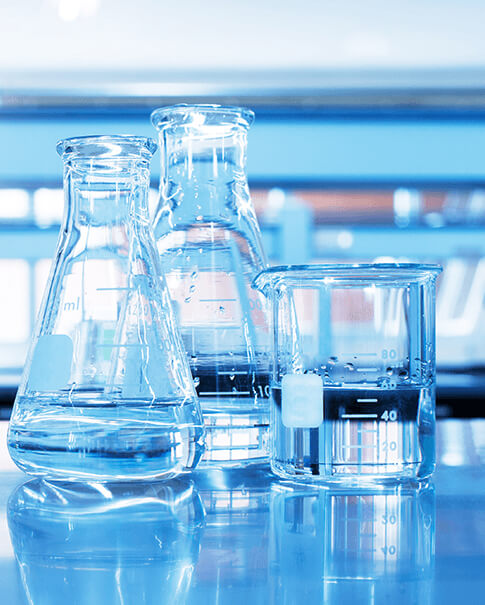
Polyacrylamide gel Electrophoresis
Dec 18, 2023Polyacrylamide gel electrophoresis (PAGE) is a widely used technique in biochemistry, molecular biology, and analytical chemistry to separate and analyze proteins, nucleic acids, other macromolecules based on their size and charge. Polyacrylamide is the gel matrix used in this technique.
Here's an overview of the process:
1. Gel Preparation: Polyacrylamide gels are formed by polymerizing acrylamide and bisacrylamide monomers. The acrylamide provides the gel structure, while the bisacrylamide acts as a crosslinking agent. The percentage of bisacrylamide determines the pore size of the gel, affecting the separation resolution for different molecular weight ranges. The gel is typically cast in a vertical or horizontal format.
2. Sample Loading: The samples containing the molecules to be separated are mixed with a denaturing agent (e.g., sodium dodecyl sulfate - SDS) and a reducing agent (e.g., β-mercaptoethanol) to denature and linearize the molecules. The mixture is typically heated to further denature the proteins. An electric charge is added to the samples to facilitate movement during electrophoresis.
3. Electrophoresis: The gel is immersed in a buffer solution and placed between two electrodes. The negatively charged molecules migrate towards the positively charged electrode (anode) through the gel matrix under the influence of an electric field. The migration rate is determined by the size and charge of the molecules. Smaller molecules move faster and migrate farther, while larger molecules are slower and remain closer to the loading position.
4. Visualization: After electrophoresis, the separated molecules are visualized using staining methods specific for the type of molecules analyzed. For example, proteins can be stained with Coomassie Brilliant Blue or silver staining, while nucleic acids can be visualized with ethidium bromide or fluorescent dyes. The stained gel is then photographed or scanned for analysis.
5. Interpretation: The resulting pattern or banding profile on the gel is analyzed to infer information about the size, quantity, and purity of the separated molecules. Molecular weight markers of known sizes are usually included on the gel to aid in determining the approximate size of the unknown molecules.
Polyacrylamide gel electrophoresis is a versatile technique that can be used in various applications, including protein analysis, DNA sequencing, molecular cloning, and the study of enzyme kinetics. It allows researchers to separate and visualize macromolecules based on their unique characteristics, enabling a better understanding of their structure and function.